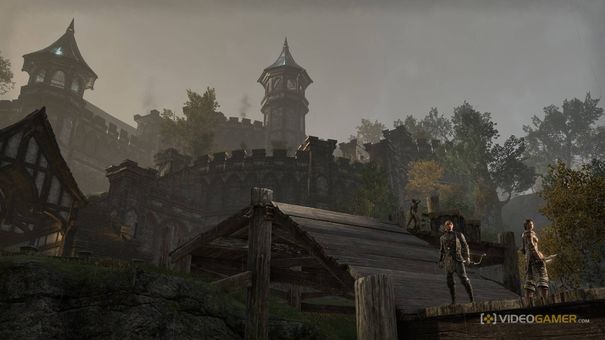The post positions for the Kentucky Derby entrants are typically drawn the Wednesday before Derby day, and the representatives from each stable are on hand to make their selections based on a random draw. Watching the satisfaction or disappointment seen on the trainer or owner’s face after it is over tells you how important it is to the connections, but is there really an advantage?
We take a look back at post position history from the 1900 Kentucky Derby won by Lieut. Gibson to the 2010 Derby by Super Saver.
From 1900 onward, both the 1 post and the 5 post have produced the most Derby winners, with 12 winners having broken from those positions, and post 4 producing almost as many winners with 11. Often you will hear the horses’ connections express disappointment over having drawn the rail, lamenting that their horse is going to be “stuck” down there.
Common sense says that horses should often encounter trouble after breaking from the rail, provided that they are not frontrunners, but though that may be the case, any disadvantage from being stuck in traffic is probably offset by the ground that the horse saves by likely getting a shorter trip.
Post positions 6 and 7 have not fared as well historically, having a combined 14 wins total, but post 8 has done better with 10 wins, and as mentioned above, post 5 has 12 winners.
Post position 18 has not been a good post historically with only one horse having ever won from post 18, and that was Gato Del Sol in 1982. Post 19 has fared even worse as no horse has ever won from post 19. Of course the number of entrants will skew the number of winners towards the lower numbers – after all, you can’t have a horse win from post 16 if there are only 15 entrants!
Post position 9 has also had relatively few winners with only 4 compared to post 8 and post 10 surrounding it, having both produced 10 winners each.
No horse has ever won from post 21 or beyond. It has become exceedingly rare these days to see a field with over 20 horses. In fact the Derby has been limited to 20 starters since 1975, probably as a reaction to the largest field ever of 23 that went postward in the 1974 Kentucky Derby. This may be an unfair analysis since only 5 times in Derby history have there been more than 20 entrants.
Big Brown became only the second horse to win from post 20 in the Kentucky Derby in 2008, the last horse having accomplished the feat being Clyde Van Deusen in 1929 in a 21 horse field.
The trend in the last decade shows a definite increase in the number of horses that end up in the starting gate, with five of the last six years having 20 entrants, and the other year having 19. Contrast this with the 1950’s through the 1970’s, in which the average number of starters was 14. In the first decade of the 2000’s, the average number of starters was almost 19. If this trend continues, we will certainly see more horses winning from the far outside posts.






 Paper Mario Sticker Star Guide: Hp-up Heart Locations
Paper Mario Sticker Star Guide: Hp-up Heart Locations Walkthrough Warhammer: End Times – Vermintide
Walkthrough Warhammer: End Times – Vermintide The Great Pre
The Great Pre The Elder Scrolls Online hands
The Elder Scrolls Online hands How to Run a PC Computer Game Without the Game Disc
How to Run a PC Computer Game Without the Game Disc